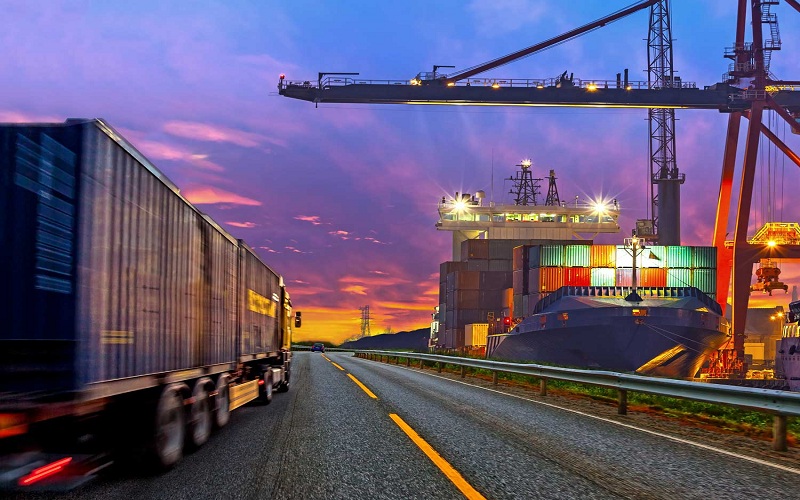As the great engine powering UK trade and growth, road freight transportation steers over two-thirds of all domestic cargo flows today. From local parcel vans running neighbourhood rounds to articulated lorries logging long-haul delivery drives, fleets large and small motor the movement of produce, parcels and essential supplies nationwide. Yet even as dependency on tireless trucking deepens, the very foundations of overland freight face disruption from nearly all directions.
Between radical decarbonisation mandates and emerging digitalisation capabilities, fleet operations in 2030 may look radically different than the diesel-fueled convoys roaring down motorways today. So for logistics leaders keen on harnessing change rather than falling victim, understanding pivotal industry transformations already underway promises a strategic fast lane into future-ready positioning.
Sustainability Takes the Wheel
With the road freight ecosystem contributing over 6% of UK carbon emissions, sustainability strides now grabbing the logistics spotlight at breakneck speed. Diesel remains the lifeblood energising most trucks today, but tightening emissions caps now pressure rapid adoption of costlier yet cleaner alternatives to avoid penalties.
Fleet electrification initiatives have already sparked mainstream momentum via subsidies and preferential access incentives across leading UK cities. As ultra-low and zero-emission zones continue spreading, battery-powered vans and trucks will increasingly edge out conventional combustion rigs from last-mile delivery routes over the coming years.
For heavyweight long-haul transport still awaiting viable battery ranges, however, low-carbon biofuels blended from agricultural waste represent an alternate stepping stone. As fueling infrastructure upgrades to supply such renewables, more logistics leaders leverage biodiesel capabilities from vehicle producers and road freight services allies.
Optimising Loads & Pathways
Routes and load factors also impact environmental impact alongside actual vehicular fuel efficiency. With nearly one-third of truck miles running empty currently, smart logistics adjustments offer easy sustainability wins. For example, shared access digital freight platforms now dynamically align supply and demand enabling better opportunity matching to avoid wasted trips.
Streamlining route planning and implementing eco-driving practices similarly squeeze more mileage from every fuel drop. Integrating telematics and navigational optimisation further pinpoint the most efficient trajectories circumventing congestion in real-time for smoother point-to-point runs.
On the shipper front, packaging reductions lower pre-load weight and emissions without sacrificing product protection. As intermodal transport combining trucks and rail for longer hauls grows, embedded carbon continues falling through better utilisation and avoiding half-empty container trips.
Automation Acceleration
Digitalisation has already breached the logistics bastion through supply chain visibility tools, predictive freight matching platforms and autonomous inspection drones. Yet the most radical road freight revamp looms on the horizon through self-driving trucks soon barrelling onto highways once legislation and infrastructure integration are resolved.
Proponents praise autonomous HGVs as tomorrow’s safest, most sustainable transport solution promising round-the-clock productivity without driver constraints. Though full autonomy remains years away pending ongoing trials, advanced driver assistance systems already expanded capabilities via intelligent cruise control, collision avoidance, lane guidance and more. Such stepping stones not only ease drivers through monotonous motorway stretches but pave the eventual path to complete vehicle automation.
Along the way, running parallel pilot programmes currently testing small driverless delivery vehicles provides additional validation ironing out technological kinks at the neighbourhood scale. Though novelties today, such autonomous pods represent modular mobility innovation enabling scalable last-mile services across regions tomorrow.
Conclusion
While the road ahead promises more mystery than clarity as external pressures collide with internal capabilities, one certainty remains – the freight sector must continue embracing change to maintain competitive relevance. From sustainability to automation and beyond, standing still spells surrendering significance amid nonstop global momentum. So rather than chasing progress, the UK logistics ecosystem must chart the future by leaning in today with the trends of tomorrow.

